The municipality of Castel San Pietro Romano is a small balcony overlooking the province of Rome from the top of Mount Ginestro. Included in the club of ‘I Borghi più Belli d’Italia‘ (Italy’s Most Beautiful Villages) , it has been honoured as one of ‘Italy’s 100 Destinations’.
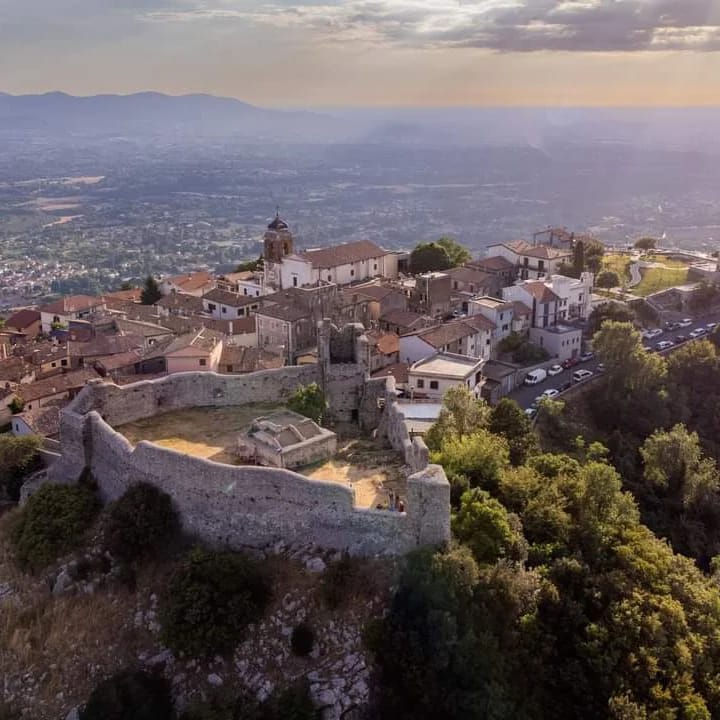
Facebook @castelsanpietroromano
Various places tell the story of this village with its intact medieval structure. Among characteristic narrow streets and squares, the historic centre has several panoramic viewpoints over the Sacco valley below.
In a panoramic position is the church of Santa Maria della Costa, a small church built in the 18th century on the same spot as a ruined monastery. The church of San Pietro is rich in stuccoes and decorations. This church stands on the remains of an earlier Roman building and assumed its present structure in 1732 at the behest of Pope Clement XII.
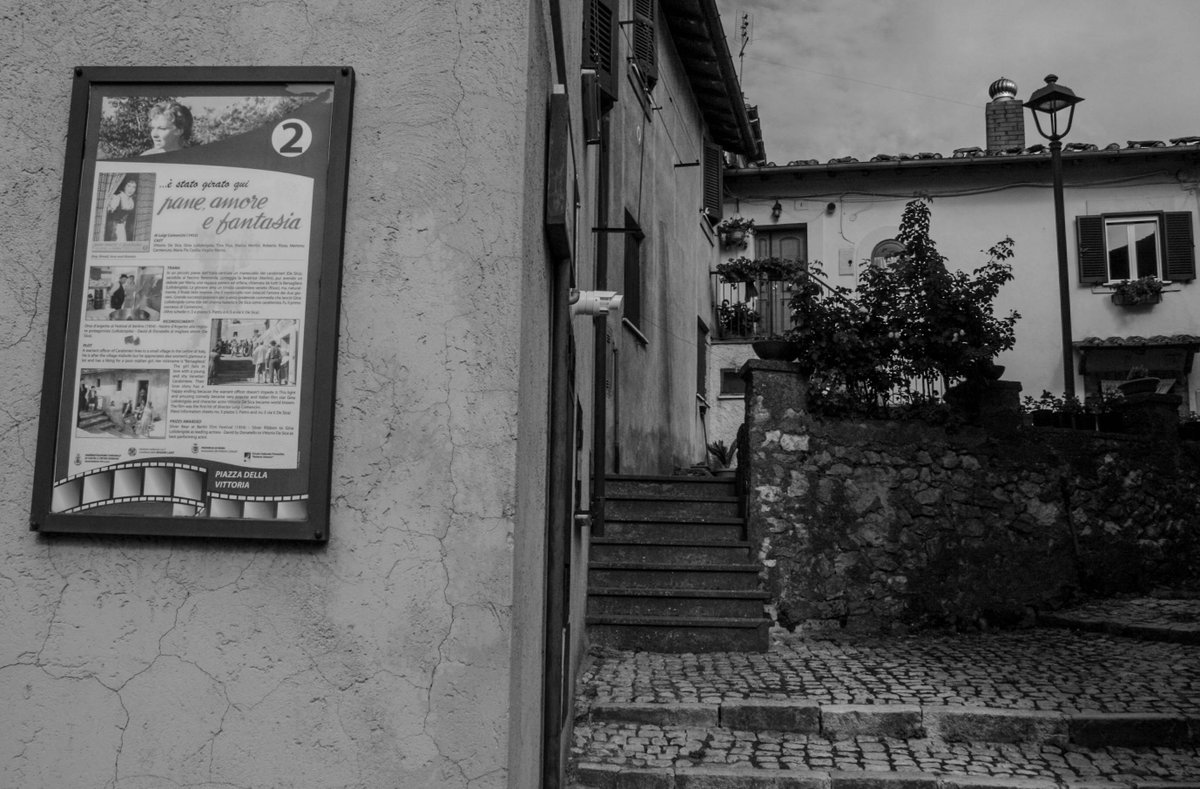
www.fotodiaries.com
For its simple and genuine beauty, Castel San Pietro Romano has been the location for many films. Among the most important film productions shot in Castel San Pietro Romano are “Pane, Amore e Fantasia” e “Pane, Amore e Gelosia” by Luigi Comencini and “I deu Marescialli” by Sergio Corbucci. The village’s cinematic vocation endures to this day. In 2025 Castel San Pietro Romano was chosen by Checco Zalone to shoot the ironic video “L’ultimo giorno di Patriarcato” (The Last Day of the Patriarchate).
The very ancient origins of Castel San Pietro Romano are testified by the still visible Polygonal Walls dating back to the 6th century B.C., large irregular stone blocks laid dry, which stand as fortifications around the acropolis.
Later, the village grew around the fortress built by the Colonna family. This was first destroyed in 1298 and rebuilt, then damaged again just 150 years later. Although restored, the Rocca lost its strategic-military function over time, becoming a storage place for the community’s foodstuffs.
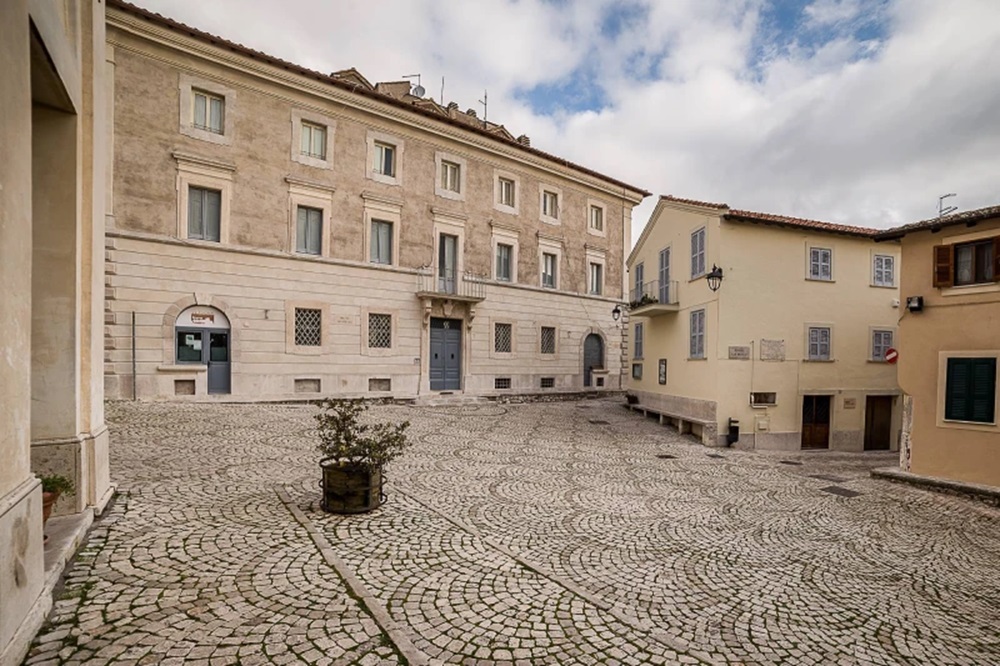
Palazzo Mocci a Castel San Pietro Romano, , oggi sede del MUDI – Ph @ mudicastello.it
Overlooking Piazza San Pietro, Palazzo Mocci is a stately building dating back to 1732. Today it is the exhibition site of the MUDI, MUseo DIffuso, which offers visitors an enthralling tale of the history of the village and the territory both through the exhibitions inside the palace and among the monuments, alleys and landscapes of Castel San Pietro Romano. A significant section of the Museum is dedicated to Adolfo Porry Pastorel, the father of Italian photojournalism who was mayor of Castel San Pietro Romano from 1952 to 1960.
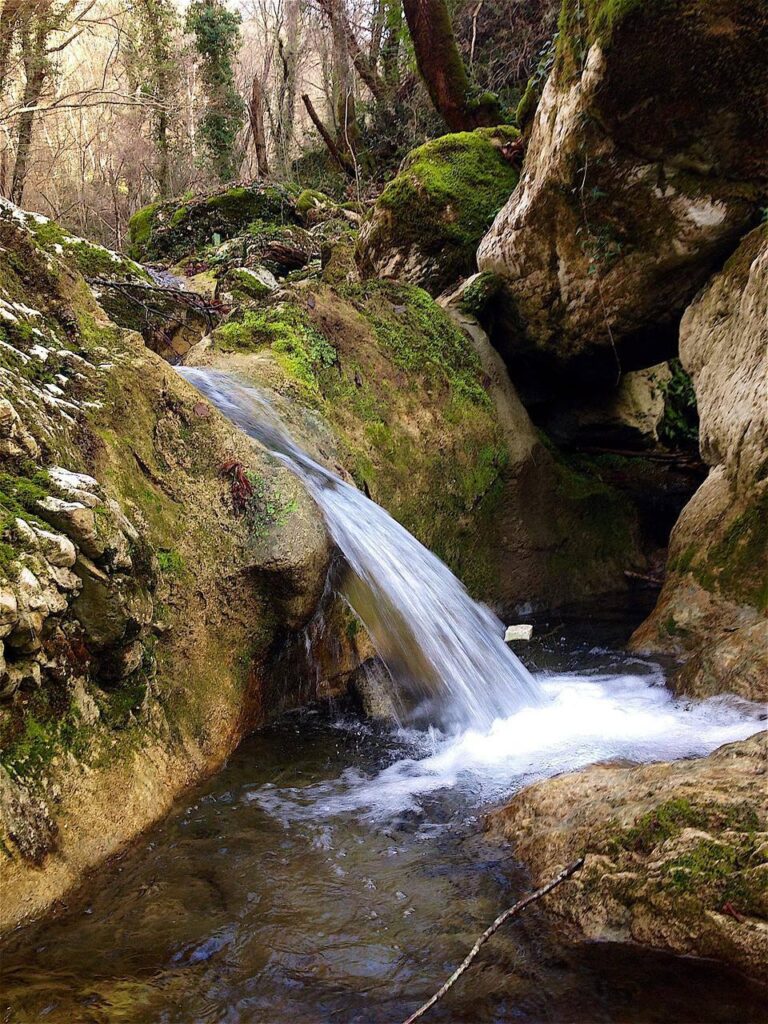
natural monument Valle delle Cannuccete
Not to be missed is the Cannuccete valley. It is a natural monument composed of centuries-old maples, turkey oaks and hornbeams. These trees have escaped being cut down by virtue of a restriction that has been in place for centuries to protect the springs that fed the Ancient Praeneste. Hence the name of the Prenestini mountains. The trunks of the trees offer shelter to the green woodpecker and the greater spotted woodpecker, the nuthatch, tits and nocturnal birds of prey such as the tawny owl and the owl. Legend has it that under a colossal oak tree, perhaps seven centuries old, the musician Pierluigi da Palestrina loved to rest.
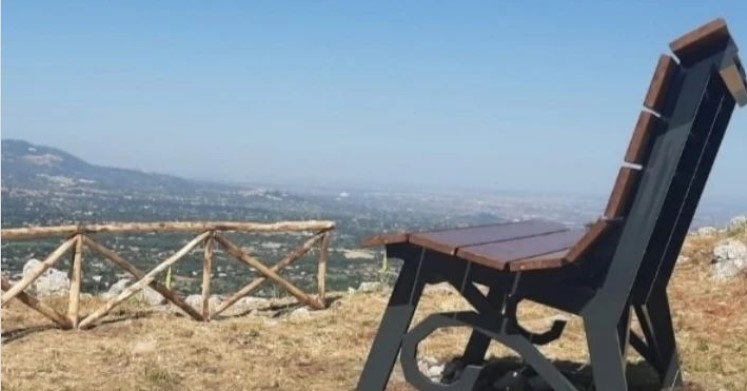
Big Bench 304 a Castel San Pietro Romano – photoInstagram @bigbenchcommunityprogect
And if you want to enjoy a 360° panorama, sit comfortably on Big Bench 304. We are in one of the most beautiful and panoramic spots on Mount Ginestro, not far from the Valle delle Cannucceta natural monument. The route to this chestnut-coloured Big Bench is also exciting, winding between natural beauty and film locations.
